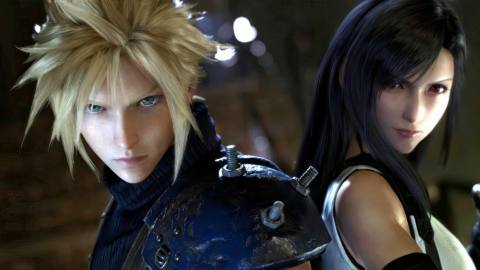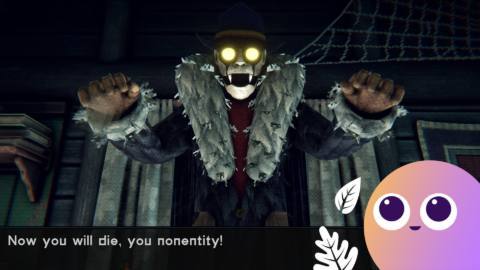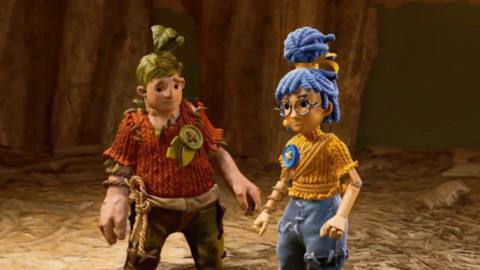
The second part of the long-awaited Final Fantasy 7 remake trilogy is finally here. Final Fantasy 7 Rebirth releases today, an expansive RPG that is perhaps this year’s most significant PS5 console exclusive. We took a quick look at the first few hours in a piece last week, but with all embargo restrictions now removed, now it’s time to crack open the full game and see what’s under the hood. How does the Unreal Engine 4-powered Rebirth take advantage of PS5 hardware? What are the enhancements over Remake? And are there any unexpected visual follies along the way?
Let’s start with what Final Fantasy 7 Rebirth does well and that begins with its excellent cutscenes. These are bombastic, beautifully-directed sequences that provide stunning views of near-CGI level character models in a mix of expository and action scenes. The level of visual quality achieved here is very impressive, and the cinematics are often outstanding. That was true of 2020’s Final Fantasy 7 Remake as well – so what’s changed? Character designs have been tweaked quite a bit for these sequences, with higher grade – and subtly more realistic – modeling.
Skin is more detailed with better-defined specular highlights, while hair rendering is significantly improved. The card-based hair system is less angular and possesses more fine detail, with less dithering and break-up. There’s more obvious light occlusion and self-shadowing, looking shinier than its Remake counterpart. The cutscene lighting has also been improved, often going for cinematic three-point lighting setups that bring the characters into sharper relief against backgrounds. There’s effective indirect lighting in these scenes too, with obvious light bounce from reflective surfaces like sand.






